Christophe Rosenberger
GREYC
Web-Based Benchmark for Keystroke Dynamics Biometric Systems: A Statistical Analysis
Jul 03, 2012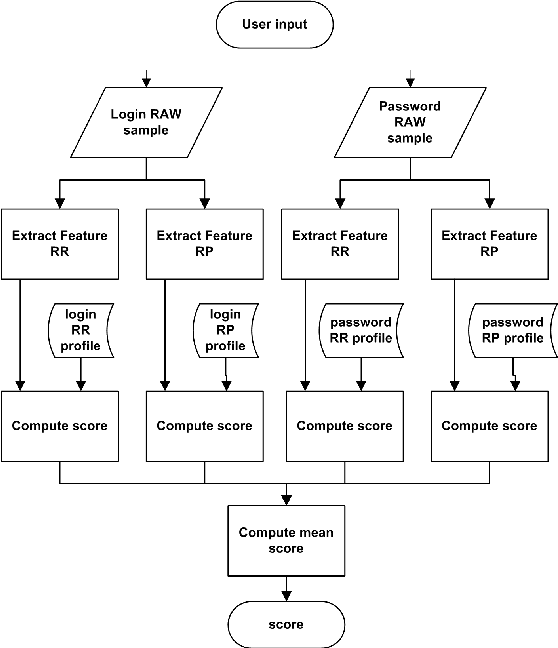

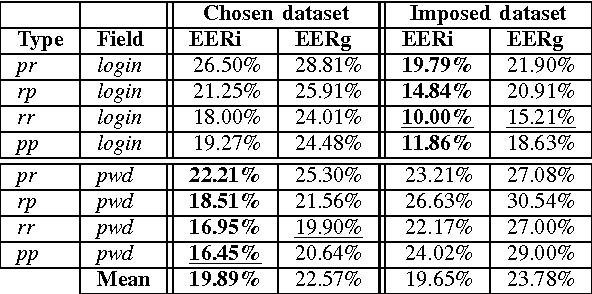
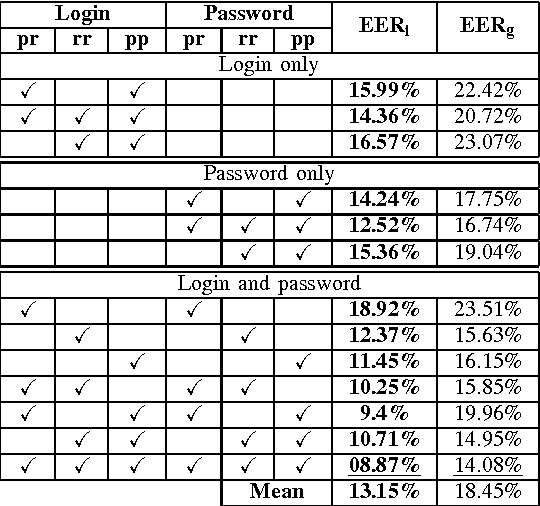
Abstract:Most keystroke dynamics studies have been evaluated using a specific kind of dataset in which users type an imposed login and password. Moreover, these studies are optimistics since most of them use different acquisition protocols, private datasets, controlled environment, etc. In order to enhance the accuracy of keystroke dynamics' performance, the main contribution of this paper is twofold. First, we provide a new kind of dataset in which users have typed both an imposed and a chosen pairs of logins and passwords. In addition, the keystroke dynamics samples are collected in a web-based uncontrolled environment (OS, keyboards, browser, etc.). Such kind of dataset is important since it provides us more realistic results of keystroke dynamics' performance in comparison to the literature (controlled environment, etc.). Second, we present a statistical analysis of well known assertions such as the relationship between performance and password size, impact of fusion schemes on system overall performance, and others such as the relationship between performance and entropy. We put into obviousness in this paper some new results on keystroke dynamics in realistic conditions.
Hybrid Template Update System for Unimodal Biometric Systems
Jul 03, 2012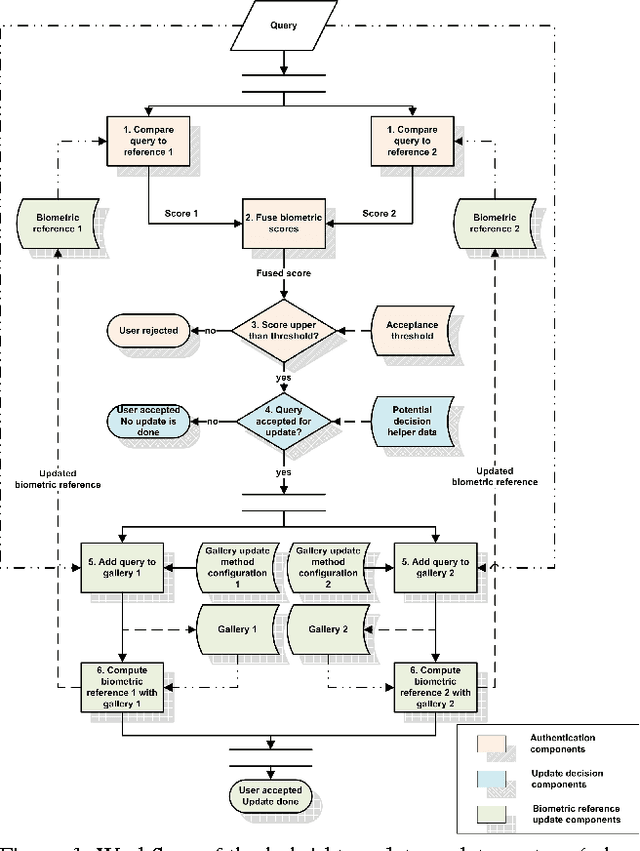
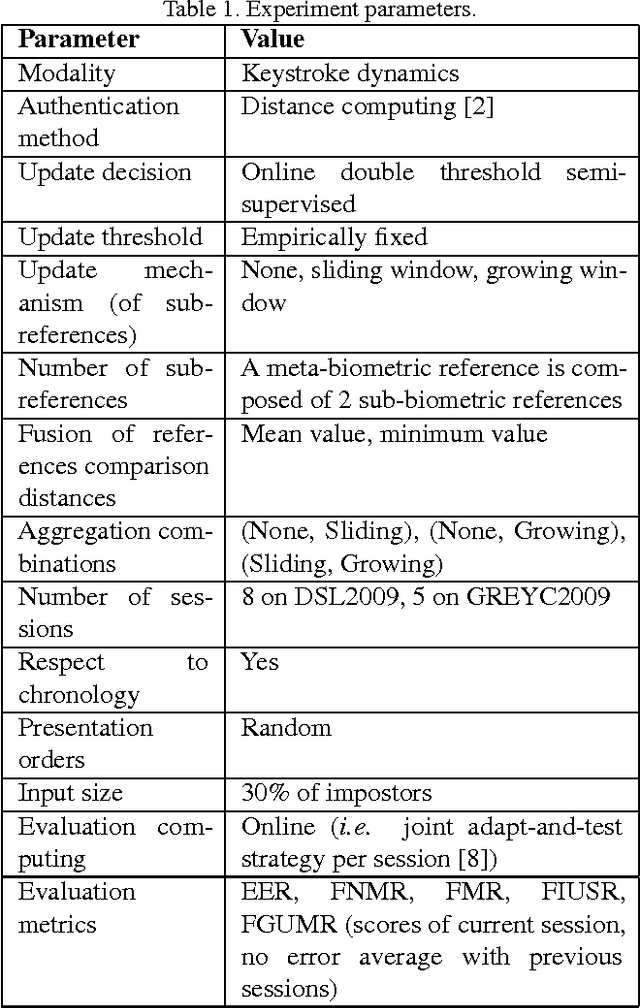
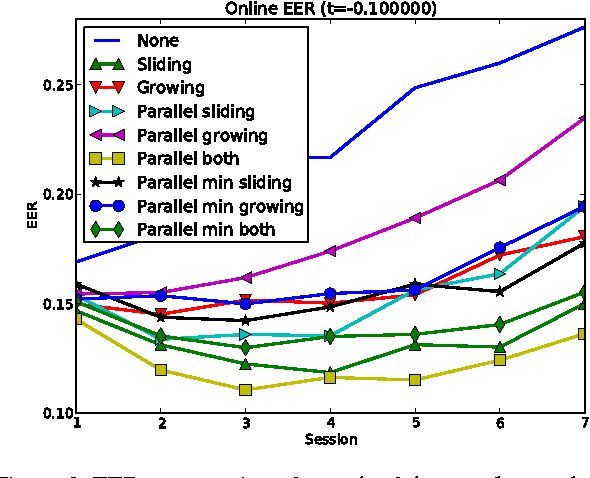

Abstract:Semi-supervised template update systems allow to automatically take into account the intra-class variability of the biometric data over time. Such systems can be inefficient by including too many impostor's samples or skipping too many genuine's samples. In the first case, the biometric reference drifts from the real biometric data and attracts more often impostors. In the second case, the biometric reference does not evolve quickly enough and also progressively drifts from the real biometric data. We propose a hybrid system using several biometric sub-references in order to increase per- formance of self-update systems by reducing the previously cited errors. The proposition is validated for a keystroke- dynamics authentication system (this modality suffers of high variability over time) on two consequent datasets from the state of the art.
Genetic Programming for Multibiometrics
Feb 20, 2012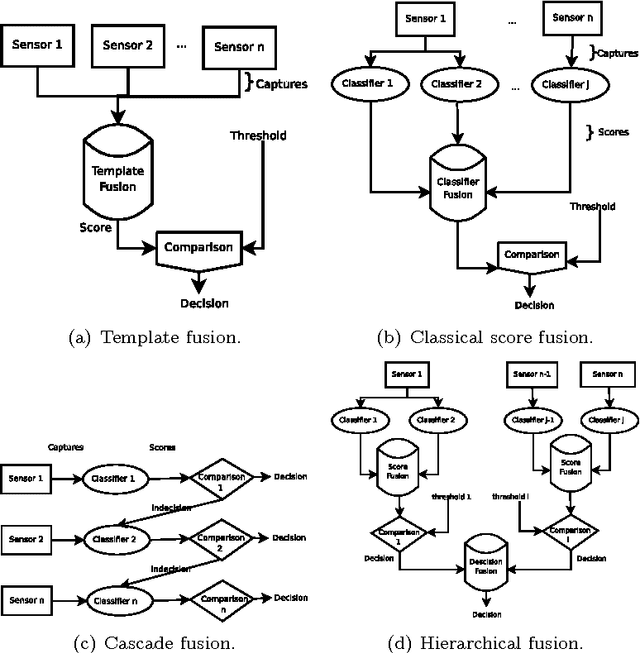

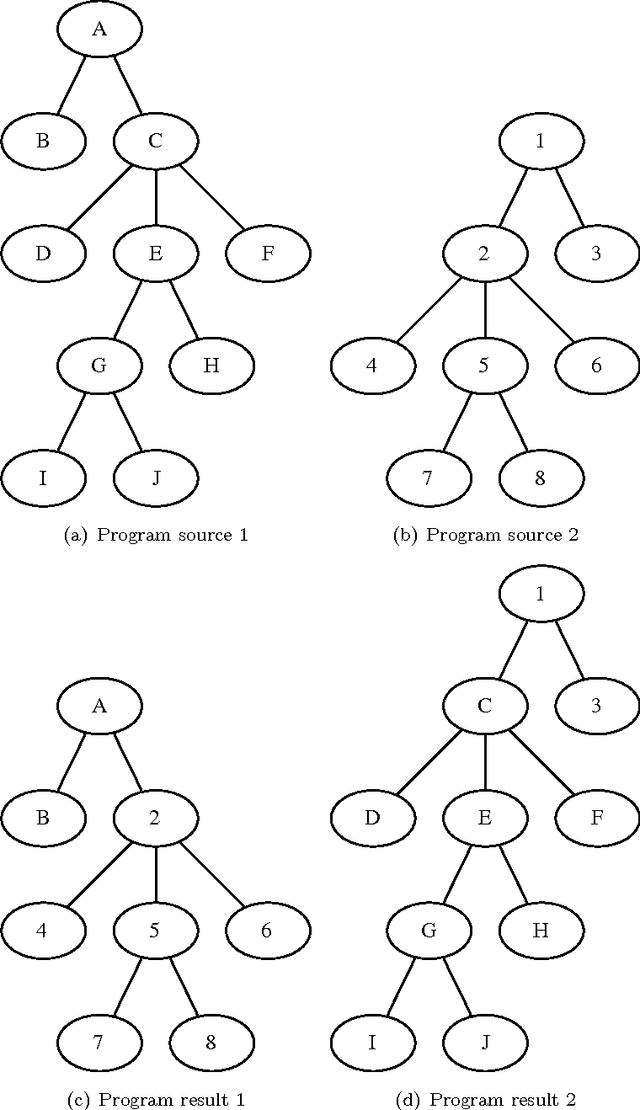
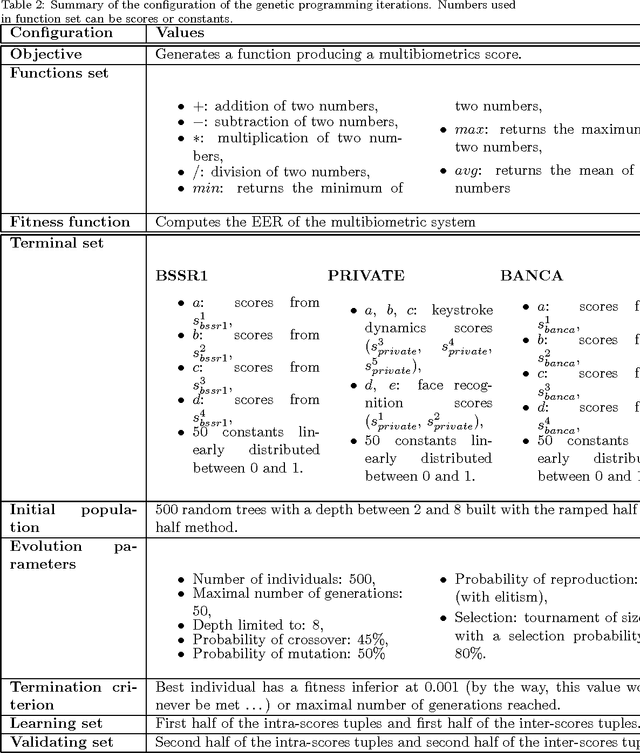
Abstract:Biometric systems suffer from some drawbacks: a biometric system can provide in general good performances except with some individuals as its performance depends highly on the quality of the capture. One solution to solve some of these problems is to use multibiometrics where different biometric systems are combined together (multiple captures of the same biometric modality, multiple feature extraction algorithms, multiple biometric modalities...). In this paper, we are interested in score level fusion functions application (i.e., we use a multibiometric authentication scheme which accept or deny the claimant for using an application). In the state of the art, the weighted sum of scores (which is a linear classifier) and the use of an SVM (which is a non linear classifier) provided by different biometric systems provide one of the best performances. We present a new method based on the use of genetic programming giving similar or better performances (depending on the complexity of the database). We derive a score fusion function by assembling some classical primitives functions (+, *, -, ...). We have validated the proposed method on three significant biometric benchmark datasets from the state of the art.
Keystroke Dynamics Authentication For Collaborative Systems
Nov 17, 2009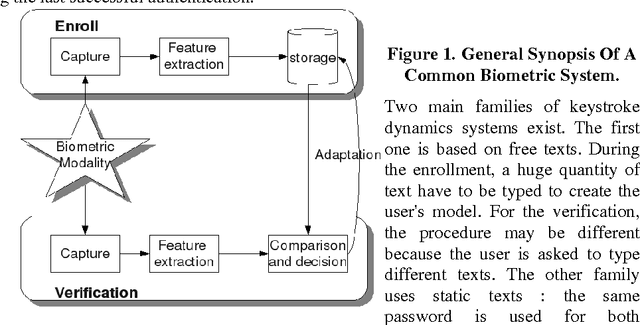
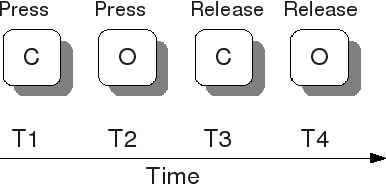
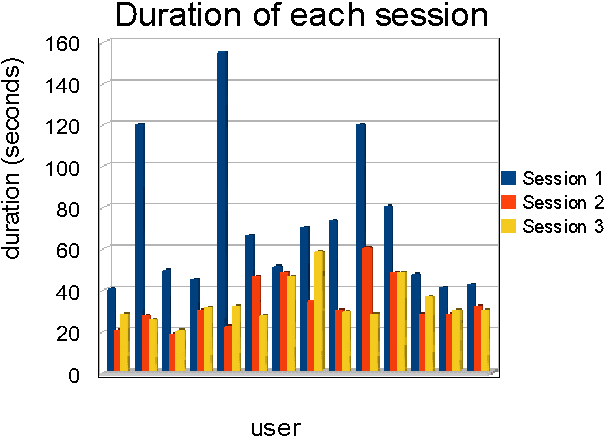
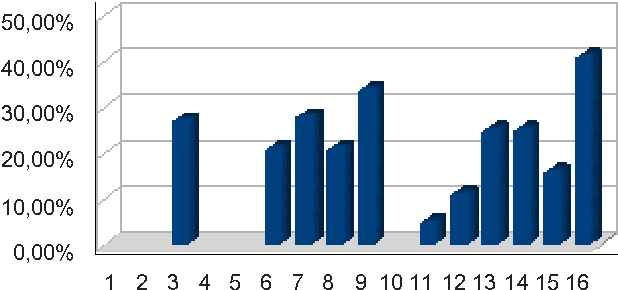
Abstract:We present in this paper a study on the ability and the benefits of using a keystroke dynamics authentication method for collaborative systems. Authentication is a challenging issue in order to guarantee the security of use of collaborative systems during the access control step. Many solutions exist in the state of the art such as the use of one time passwords or smart-cards. We focus in this paper on biometric based solutions that do not necessitate any additional sensor. Keystroke dynamics is an interesting solution as it uses only the keyboard and is invisible for users. Many methods have been published in this field. We make a comparative study of many of them considering the operational constraints of use for collaborative systems.
 Add to Chrome
Add to Chrome Add to Firefox
Add to Firefox Add to Edge
Add to Edge